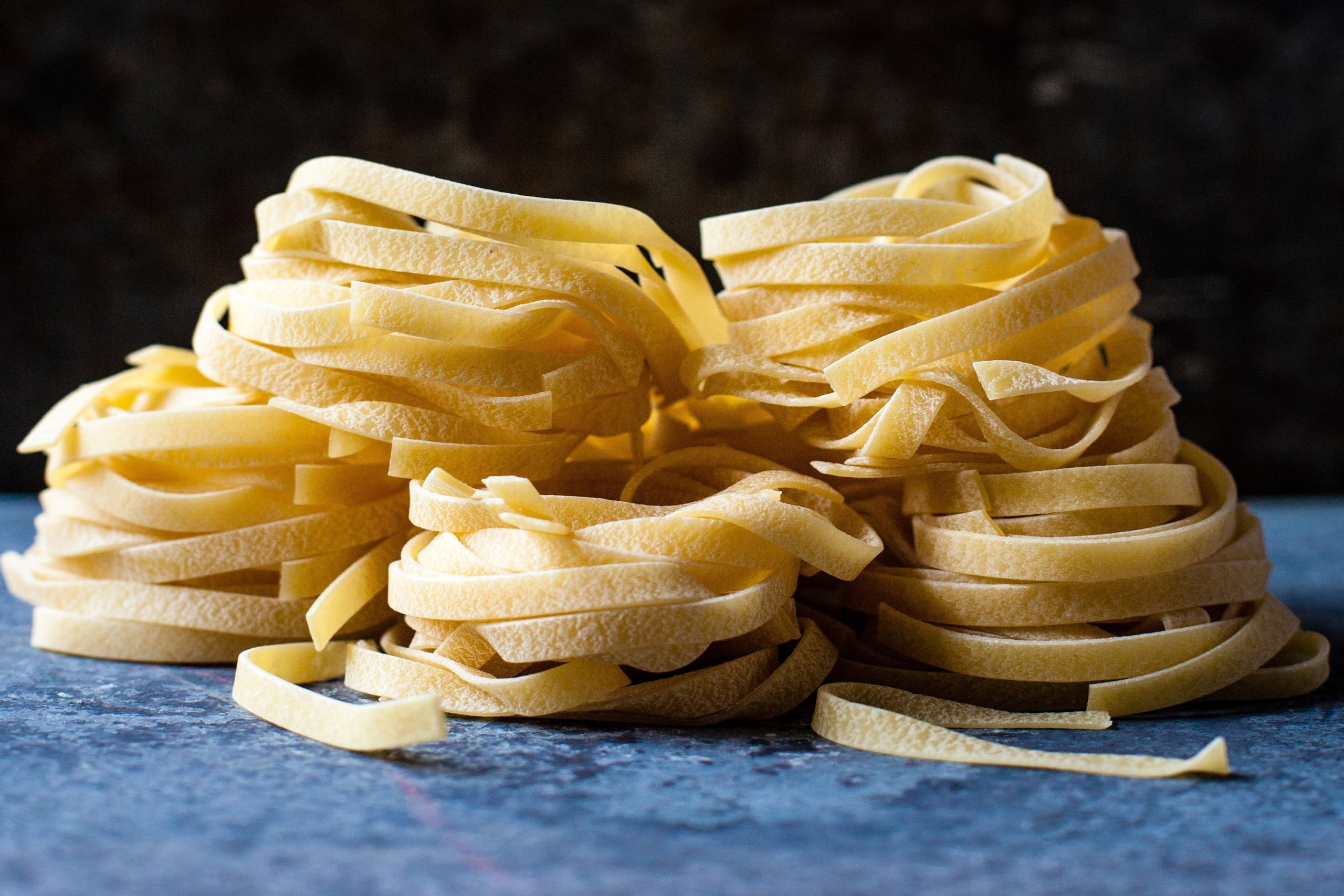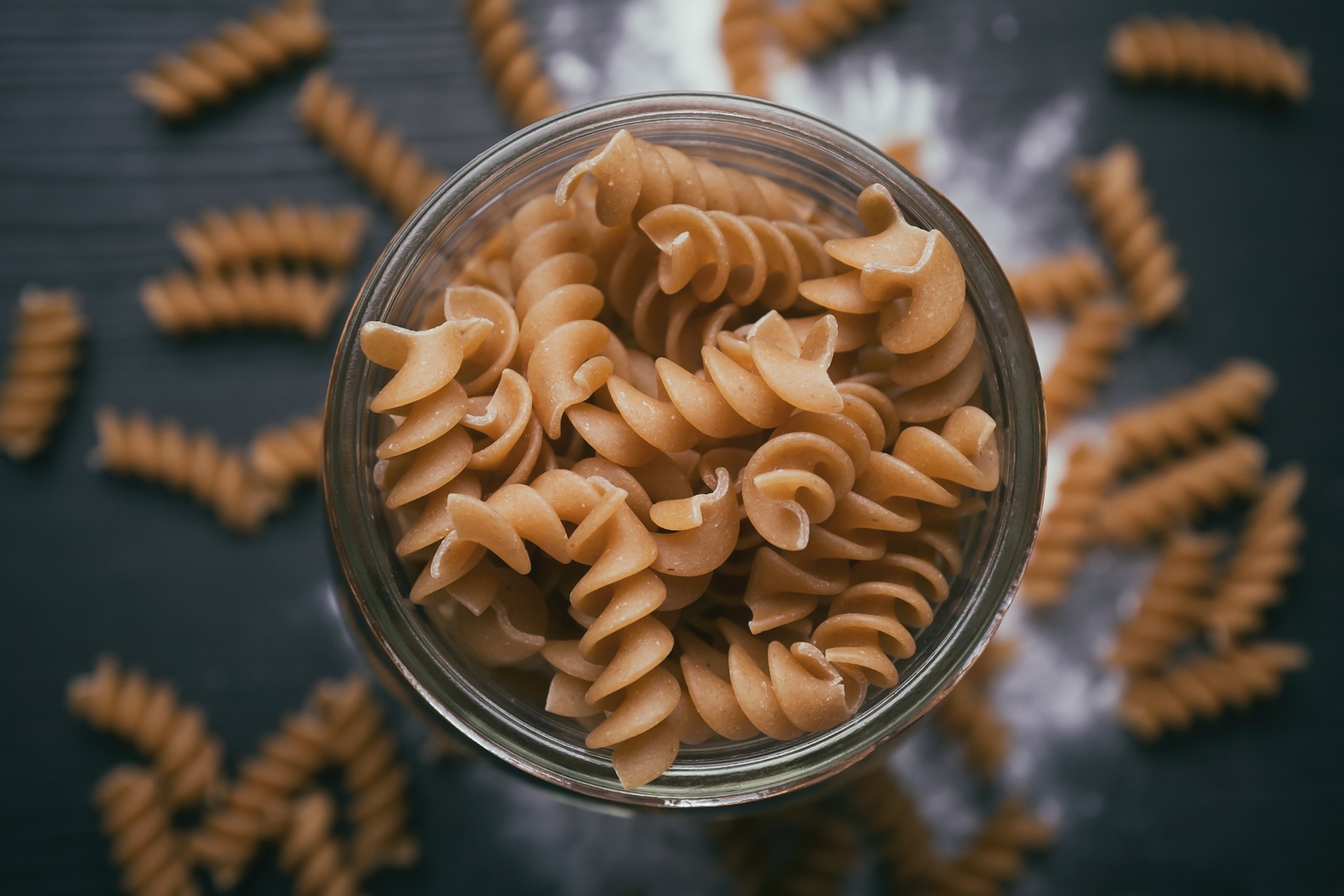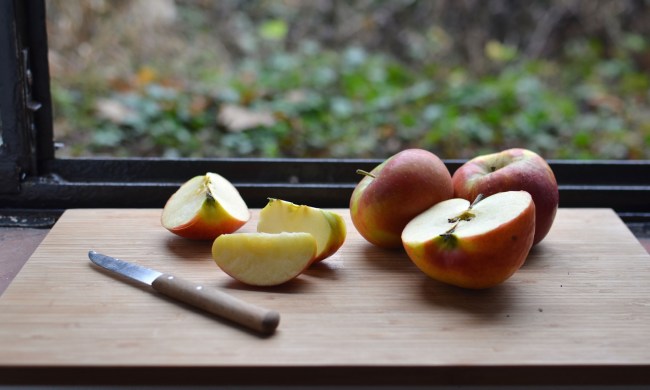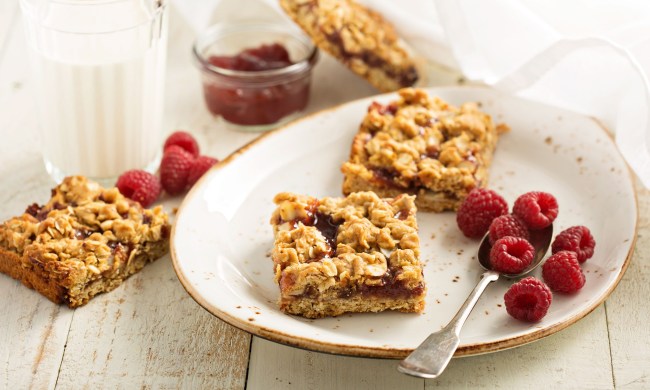In recent years whole wheat, meat, and dairy alternatives have become more and more in demand, and one of the foods on this list is a classic crowd-pleaser: pasta. There are plenty of vegetable alternatives for noodles, but they don’t mimic the texture and taste of pasta quite as well as other options. While some choose gluten or grain-free pasta due to allergies and intolerance, others opt for these substitutes because they believe they are healthier. But are they really?
In this article, we’ll take a look at the differences between traditional pasta and grain-free pasta alternatives. That being said, there is no true substitute for the taste test, so take this experiment into your own hands (and kitchen!) to try a variety of brands and types to discover what works best for you.

Regular pasta
From fancy dinner dishes to the ultimate comfort food, pasta is one of the most versatile ingredients available. You can prepare it in countless ways to accommodate your favorite flavors, whether you’re in the mood for a simple mac and cheese or delectable. carbonara. Hungry yet?
Plain + simple can be surprisingly nutritious
Besides being incredibly delicious, classically made noodles are rather nutritious, too. The team at Berkley Wellness reminds readers that pasta is a great source of protein and folic acid, especially now that all enriched grain products in the United States are fortified with folic acid during production. Further, pasta is a great source of energy, which is why so many athletes “carbo-load” with pasta dinners before big events.
Pasta is commonly considered a high fat and sodium dish, but more often than not, it’s what you put on the pasta that works against you. Serving your meals with a lighter portion of your usual toppings will help cut back on some of the fat and sodium, especially if you tend to top off your spaghetti with canned ingredients. Making your own sauce and toppings will reduce the amount of salt and other preservatives that you ingest during your meal.
Cons: calories, carbs, and misunderstood portion sizes
Pasta is high in carbohydrates, so it is not the ingredient of choice for keto lovers. Additionally, for calorie-conscious eaters, the calories in a bowl of pasta can add up quickly, especially because many people tend to eat several portions of pasta in one sitting without even knowing! The ideal serving size is one cup, which contains between 150 to 200 calories on average, as well as 40 grams of carbohydrates intake. This is from the pasta alone and does not include sauce, mix-ins, or even butter.
However, keep in mind that calories alone are not an indicator of a food’s nutritional value. In moderation, foods high in calories, sugar, or carbohydrates can be a good thing. It all depends on your lifestyle, likes, and dislikes.
Gluten and dairy toppings can lead to dietary issues for some
Pasta is made with a simple recipe of flour and eggs or water, but not everyone’s gut tolerates this mixture in the same way. Flour and other grain products contain gluten, which helps pasta maintain its variety of shapes and chewy textures. Unfortunately, gluten is a common stomach irritant, so many people turn to grain-free pasta alternatives. Luckily, more now than before, there is a large selection of gluten-free pasta to choose from, including bean pasta.

Bean pasta
You’ve likely heard of some of the available pasta alternatives, such as spaghetti squash, quinoa, or spiral-cut zucchini, but are you familiar with bean pasta? This legume-based noodle replaces grain flour with ground-bean “flour,” resulting in a gluten-free pasta that’s safe for sensitive stomachs.
More nutrients and minerals per serving
Compared to traditional pasta, bean-based noodles contain a greater amount of protein and fiber in the same size serving (via Time). Bean pasta is also a fantastic source of iron, more so than its grain counterparts. In a 2 oz. serving, Banza’s chickpea shell pasta contains 15% of the daily recommended value of iron, while traditional white grain pasta has only 10%. Black bean pasta has even more iron than chickpea at 30% per serving, so make sure to check out all your options to find the bean pasta that best fits your specific needs.
Fewer carbs, but calories comparable to regular noodles
Non-grain pasta is also lower in carbs than white grain pasta. In Banza’s comparison, their chickpea noodles contain 48 grams of net carbs per 3.5 oz serving next to grain pasta’s 71 net carbs. Banza’s noodles clock in at 190 calories per 2 oz. serving, while Barilla’s traditional penne pasta contains 200 calories for the same size portion, so chickpea and lentil pasta are not a lower calorie option.
Bonus: It’s gluten-free!
Since bean pasta does not contain any wheat, grain, or gluten, it’s a more accessible dish for those with dietary restrictions. These kinds of noodles are usually made with bean flour as well as a thickening agent such as tapioca, Xanthan gum, or both. There are other gluten-free pasta options available if bean pasta isn’t your thing, veggie, rice, or tofu pasta are great options, but they may not replicate the taste and texture of regular pasta.
Now that you know the differences between bean pasta and its traditional counterpart, there’s only one thing left to do: make noodles! You won’t know for sure how you’ll like bean pasta or how it makes your body feel until you try, so what are you waiting for?
BlissMark provides information regarding health, wellness, and beauty. The information within this article is not intended to be medical advice. Before starting any diet or exercise routine, consult your physician. If you don’t have a primary care physician, the United States Health & Human Services department has a free online tool that can help you locate a clinic in your area. We are not medical professionals, have not verified or vetted any programs, and in no way intend our content to be anything more than informative and inspiring.



